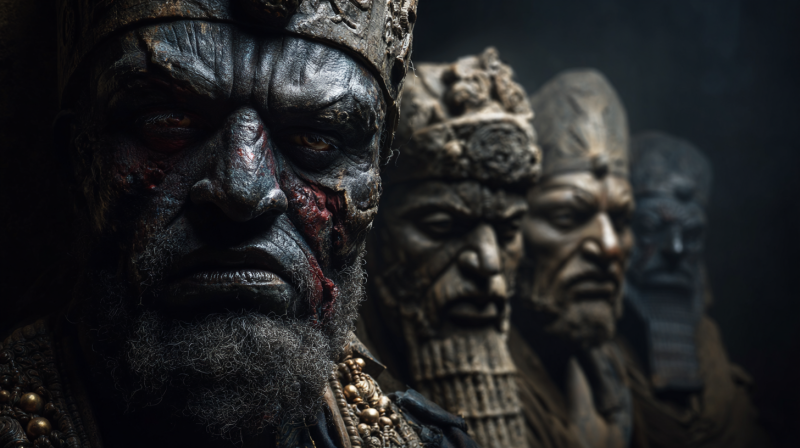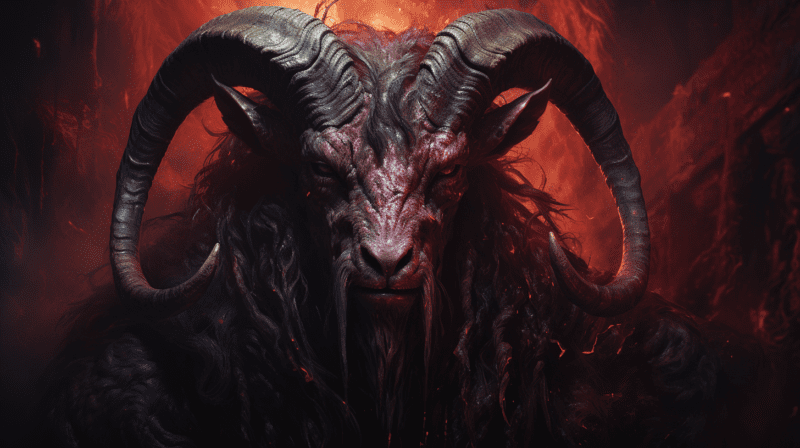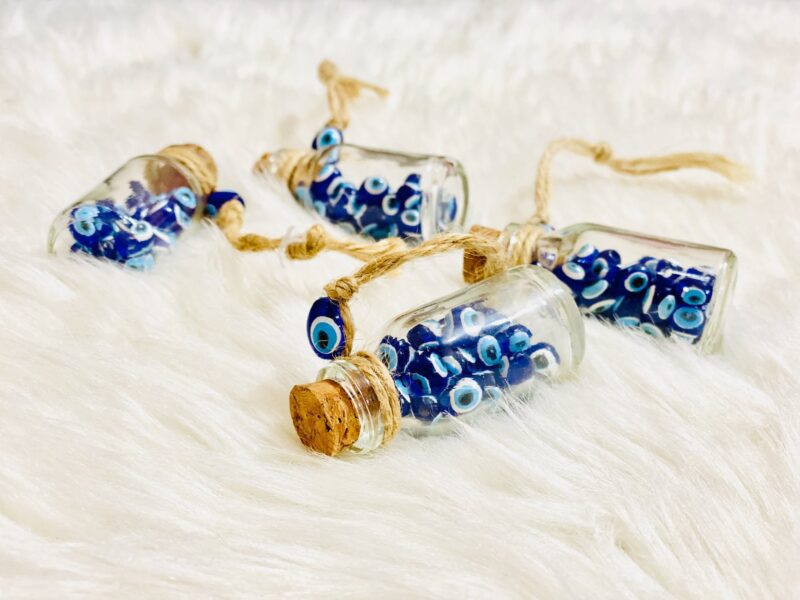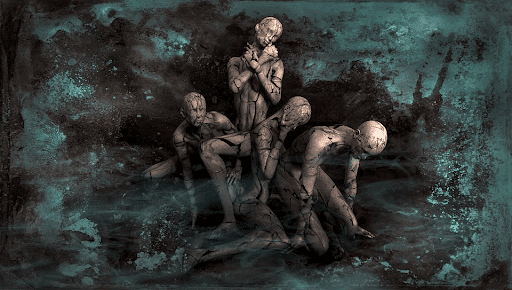Humans have used symbols to protect themselves against various evils and afflictions since ancient times. Soldiers took them into war, families hung them over their doors and entrances, and people wore them as jewelry to keep the emblem close at hand. Many of these symbols have been around for a long time and are still worn and used as protective charms today.
Let’s have a look at some of the most prominent protective symbols from around the world that are still used and cherished for their symbolic importance.
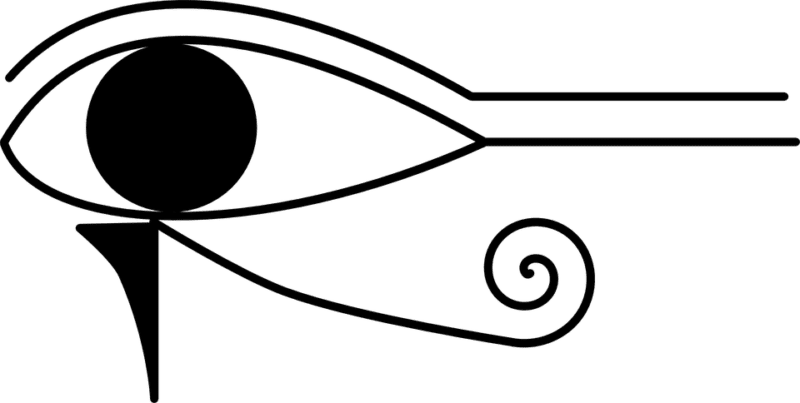
Eye of Horus
The Eye of Horus (also known as Wadjet) is an ancient Egyptian protective sign. Horus is the God of the Sky in ancient Egyptian mythology, and he is frequently represented as a falcon. The left eye is the Eye of Horus, and the right eye is the Eye of Ra; though the two are sometimes confused, each has a distinct meaning. The Eye of Horus is associated with safety and health, whereas the Eye of Ra is associated with devastation and war.
The Eye of Horus, also known as the All-Seeing Eye, was frequently depicted on amulets and artwork in tombs in order to protect the spirit that it peered down on. It’s also a potent charm for protecting the living from evildoers and ill intentions. It is claimed that the design of the eye incorporates line work and shapes associated with holy geometry and mathematics, adding to its magical significance.
Arrow
Many Indigenous American civilizations employ arrows as a symbol. It is crucial to note, however, that the particular meaning of the arrow varies from tribe to tribe.
Arrows are commonly employed as symbols to signify weaponry in illustrated narratives, but they can also represent protection and defense. An arrow pointing to the right can represent protection, while an arrow pointing to the left can represent warding off evil.
In some cases, two arrows pointing in a circle are displayed. This symbol’s arrows stand for closeness and safety, and the circle surrounding them represents family. This is a typical sign used to bestow protection on a family


Hamsa Hand
The name Hamsa means “five” in Hebrew, and the symbol is an open right hand with an eye in the center. The Hamsa Hand is a symbol of protection in many cultures, and it is thought to shield the home or person from the harmful energy of the evil eye. It is typically found above doorways, in residences, and as jewelry. Placing a Hamsa hand in the room of a pregnant woman, for example, is thought to protect the new family from evil spirits.
The Hamsa Hand is also a potent symbol in Buddhist and Hindu spirituality because each of the five fingers corresponds to a chakra element. Each finger relates to fire (solar plexus chakra), air (heart chakra), ethereal (throat chakra), earth (root chakra), and water from the thumb (sacral chakra). This connection is thought to generate powerful, protective energy.
Mistletoe
Mistletoe is widely connected with the Christmas ritual of two individuals standing beneath a sprig and kissing. However, the plant also represents protection.
Mistletoe is the popular name for a parasitic plant that grows in Europe and North America. The Celtic Druids were among the earliest cultural groups to assign meaning to the plant, which they employed to cure illness, as an antidote to poison, to bring fertility, and to protect against witches.
Mistletoe is also associated with protection, serenity, and friendship in Christian folklore.


Evil Eye
The Arabic word Nazar denotes “sight, surveillance, and attention,” while the Turkish word Boncugu means “bead.” It’s a suitable moniker for the eye-shaped blue and white amulet used to ward off the evil eye. The evil eye is the name given to the harmful energy emitted by a spiteful or jealous look, which is thought to have the potential to inflict illness or misfortune in the victim. The evil eye can be cast as a compliment, which is why many people employ a symbol for protection, like the Nazar. It prevents the evil eye from striking you.
The Nazar is commonly utilized in jewelry and home décor in the form of an amulet or bead that is usually blue and white. They are ubiquitous in Turkey, where the emblem is thought to have originated thousands of years ago.
Pentacle
In pagan and Wiccan beliefs, the pentacle, often known as the pentagram, is a protective sign. It’s shaped like a five-pointed star in a circle.
The star’s points represent one of the five basic natural elements: earth, fire, air, water, and spirit, while the encircling circle signifies a protective womb. As a result, the emblem is employed in ceremonies to ward off evil spirits.
When worn, the pentacle might represent a traveler’s safety and connection to the elements. The pentacle was also historically placed over the doorways of pagan households to protect them from bad spirits.


Celtic Shield Knot
The Celtic Shield Knot is a protective emblem that is frequently used in jewelry, décor, and as a theme in Celtic design. It is a stylistic weaving with no beginning or end, and the unbroken design is thought to have the potential to repel negative energy.
Celtic Shield Knots have many varieties and have been around for thousands of years. They were often embossed on warriors’ shields, carved into the gateways of major buildings and homes, and embellished on tombstones to protect the spirits of the dead.
Mjolnir (Thor’s Hammer)
Thor was the god and guardian of Asgard in Norse mythology, and his hammer was his primary weapon. Thor’s hammer, commonly known as Mjolnir, is a symbol of blessing and protection. The emblem was frequently used as a token during ceremonies to sanctify major life events such as marriages, births, and funerals.
Thor is also connected to thunder and lightning. As a result, in ceremonies, hammers were used to pound drums to simulate thunder. This practice was thought to bless and protect communities from evil spirits.
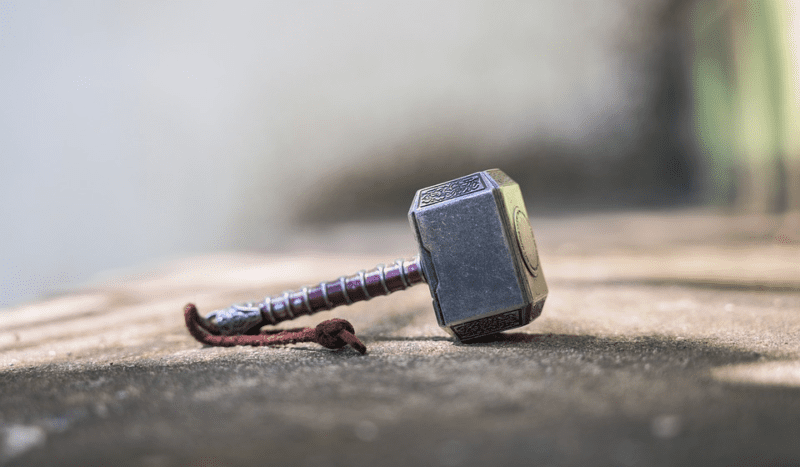

Hen’s Leg ( Akoko Nan )
The Hen’s Leg, also known as Akoko Nan, is an Adinkra emblem of protection that is widely utilized in African cultures, particularly in Ghana and the Ivory Coast.
The symbolic meaning of the Hen’s Leg is drawn from an African proverb that approximately translates to: A hen’s leg steps on a child chick yet does not kill the chick. The sign represents a hen’s ability to tread softly on and around its chicks without injuring them. The Hen’s Leg represents parental protection gained by nurturing and disciplining children.
Stylistically, the Akoko Nan is similar to a simplified Fleur-de-Lis and is often used as a fabric print as well as an embellishment on pottery and metals.
Tortoise
The Sioux are one of North America’s largest plains Indigenous tribes, occupying traditional territory in modern-day North and South Dakota. The tortoise is said to carry the globe on its back in Sioux mythology, and it also signifies life. As folktales describe the tortoise shepherding new newborns into the world, it is also seen as a potent sign of protection during birth and for young children.
The tortoise is a popular ornamental pattern on textiles. To illustrate the patterned shell, it’s frequently simplified into a diamond or circle with a cross on its back, with a head and limbs coming from it.

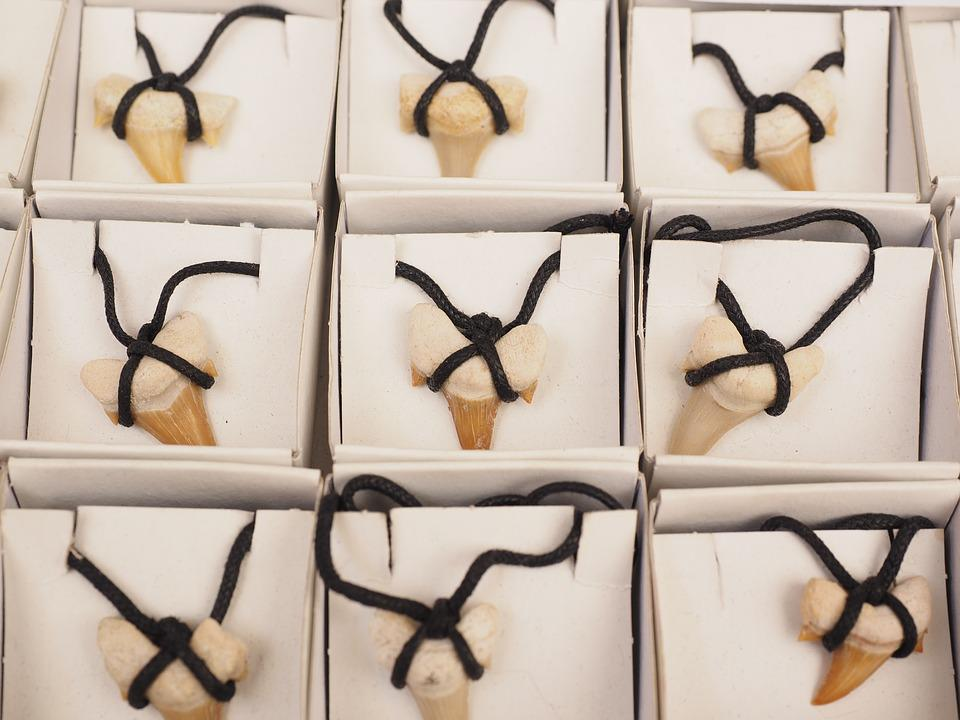
Shark Teeth
Etua are powerful emblems of significance used by Polynesian tribes to evoke protection from the gods. Many Polynesian cultures’ beliefs are based on the ocean, and sharks, as top predators, are emblematic of strength and power. As a result, shark teeth are a popular Etua for bestowing protection, strength, and guidance.
Physical shark teeth can be used as ceremonial tokens, although the symbol is most usually found in patterns and designs used for prints, carving, and tattooing. Shark teeth can be shown physically in detail, within a shark’s jaw, or simply as a triangle in design.
Bagua Mirror
Bagua mirrors are small round mirrors with an octagonal hardwood frame. Feng Shui, the technique of harmonizing energy in a space through placements and the use of things, employs the Bagua. It has its origins in ancient Chinese culture but is now extensively practiced all over the world.
Mirrors provide protection in Feng Shui practice and are sometimes referred to as the “aspirin of Feng Shui” because of their alleged healing properties. A Bagua mirror combines this strength with the Bagua frame’s power. The most prevalent colors for the octagonal frame are red, green, yellow, and gold. Three lines embellish each of the frame’s eight sides (called trigrams). Some of the lines are broken and are known as yin lines, while others are unbroken and are known as yang lines.

If the top of a Bagua mirror has three unbroken yang lines, the mirror is utilized for protection and is placed on top of gateways. This is because three unbroken lines are thought to represent heaven and its protective force. A protective Bagua mirror is thought to repel negative energy connected with building corners, electricity lines, an unattractive landscape, and negative energy from spiritual entities.
If there is a yin line (broken) at the top between two yang lines, the Bagua mirror will indicate fire and is used to define the energy of an area rather than as a protective symbol.
Cornicello
The cornicello or cornetto, also known as the Italian horn, is an amulet or talisman worn to ward off malocchio, or the evil eye, as well as general bad luck.
A cornicello is a twisted horn-shaped charm modeled after an eland’s horn. It was once used to symbolize fertility, strength, and vitality.
A cornicello is a type of amulet or talisman that is frequently worn as jewelry. It is typically made of gold, silver, plastic, red coral, terracotta, or bone. A red cornicello looks like a chili pepper. Cornicelli are sometimes hung in homes and in car rearview mirrors.
“Cornicello” or “cornetto” is an Italian word that means “hornlet” or “small horn.” It is also known as corno, which is Italian for “horn,” or corno portafortuna, which means “horn that brings luck.”


Dreamcatcher
The dreamcatcher is possibly the most well-known Native American symbol. It is a small wooden hoop with a mesh of horsehair, string, or yarn that is embellished with beads and feathers.
North American Indians created dreamcatchers in the hope that they would induce pleasant dreams or prevent nightmares.
The dreamcatcher is regarded as a protective talisman. People use it to ward off bad dreams and nightmares, as previously stated. Native American Indians hung this charm above their children’s beds or cradles.
Dreamcatchers are widely available on the market today. Because of their beautiful design and meaningful symbolism, they are commonly used in jewelry and have become a fashionable trend.
Horseshoe
The horseshoe has been associated with a Christian legend dating back to 959 AD—the story of St. Dunstan and the devil.
According to legend, a beautiful woman came to tempt St. Dunstan, a blacksmith, while he was working in his forge. But when he noticed the woman had cloven hooves beneath her dress, he knew it was the devil and grabbed the creature’s nose with his flaming hot tongs.
The devil then disguised himself as a tired traveler seeking a horseshoe from the blacksmith. St. Dunstan saw right through the devil’s plans and beat him to a pulp.

The devil tried one more time to tempt the saintly blacksmith by asking him to make new shoes for his horse. St. Dunstan agreed. He nailed a horseshoe to the devil’s hoof instead of the horse. The devil screamed in agony, pleading with St. Dunstan to remove the horseshoe.
The saint agreed only after the devil swore never to visit a place with a horseshoe nailed to the door.
This legend gave rise to the belief that horseshoes ward off evil spirits and the devil himself. Since then, it has become a popular symbol of protection. It has also come to be associated with luck.

Algiz
Algiz, also known as elhaz, is considered the most powerful rune. Proto-Germanic for “protection” is “algiz.”
The upper branches of Yggdrasil, or the world tree, are said to represent Algiz, a Norse symbol of divine blessing, protection, and defense. However, some interpret this symbol to represent a swan in flight, an elk’s horns, or a splayed hand.
The term “algiz” is associated with the mythical beings known as valkyrjur, who fly with swan feathers. They are Odin’s female aid spirits in Norse mythology. They give life and protect it.
Elk is the translation of the Germanic term “elhaz.” It represents elk-sedge, a flowering plant that injures anyone who tries to grasp it, and is thus associated with defense and protection.
Algiz could also be a representation of a splayed hand, which is a basic defensive sign.
Symbols vary in meaning, design, and use across history and culture, but many are commonly employed in modern spirituality and design. They can be utilized as lovely and meaningful tokens to help us feel safe. However, keep in mind that they are steeped in rich culture – and are sometimes considered sacred, so if you do decide to utilize them, do so with care.

